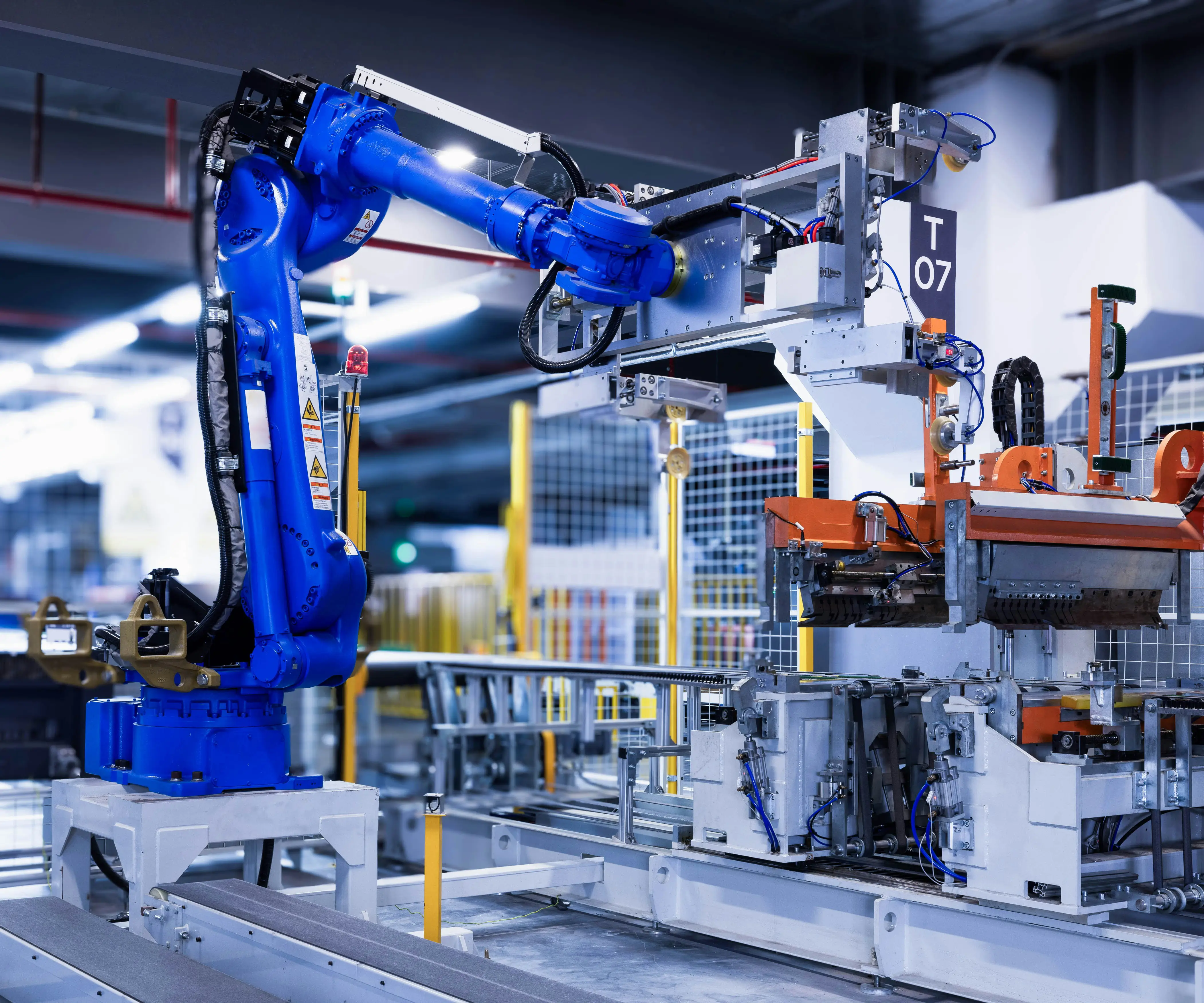In the vast universe of robotics and precise machinery, the micro metal gear servo emerges as a small but mighty component that packs a punch far beyond its size. These miniature motors are revolutionizing everything from hobbyist drone projects to the most sophisticated robotic arms, thanks to their impeccable balance of strength, accuracy, and durability. But what truly makes micro metal gear servos so special? To understand that, we need to delve into their anatomy, history, and the technological marvel they represent.

At the heart of the micro metal gear servo is its core purpose: to convert electrical signals into precise, controlled mechanical motion. Unlike traditional servos, which can be bulky and limited by plastic gears, micro metal gear servos employ high-quality metal gears that offer enhanced torque, longevity, and resilience. This metal-to-metal contact means that they can withstand higher loads and more intense operational conditions, making them ideal for applications where strength and precision are non-negotiable.
The micro aspect of these servos refers not only to their physical size but also to how they fit into compact, intricate systems. Typical dimensions can range from just a few millimeters to a couple of centimeters, allowing engineers and hobbyists to embed them into tight spaces where larger servos would be impractical. Whether it’s fitting into a tiny drone frame or a wearable robotic device, size constraints no longer limit what you can achieve.
One of the defining features of micro metal gear servos is their durability. Plastic gears, although cheaper and lighter, are prone to wearing out and breaking under heavy use. Metal gears, on the other hand, are built to last, especially under continuous or demanding operations. This durability becomes a game-changer in applications like robotics competitions, where components must withstand repeated movement and stress, or in industrial automation where downtime needs to be minimized.
Precision is another hallmark of these servos. Metal gears provide a level of positional accuracy that plastic simply cannot match, allowing for smoother, more precise movements. This is an essential trait when working with delicate components, such as camera gimbals or fine-tuned robotic joints. The ability to achieve accurate positioning also enhances control systems, enabling more sophisticated automation and development projects.
The evolution of micro metal gear servos is intertwined with advancements in materials science and electronics miniaturization. Back in the early days of remote-controlled vehicles and basic robotics, plastic gears and larger motors dominated the scene. Over time, as demands for better performance and reliability increased, manufacturers began experimenting with harder, lighter alloys, leading to the high-quality metal gears we see today.
Moreover, modern micro metal gear servos are equipped with improved electronics, allowing for finer control ranges and faster response times. Integrated feedback systems make it possible to monitor and adjust motion in real-time, pushing the boundaries of what tiny servos can do. They now support a range of operating voltages, from microamps to several volts, accommodating diverse power sources and system requirements.
The advantages brought about by these technological improvements are vast. For hobbyists, they mean greater reliability, more complex and engaging projects, and the ability to push their designs further. For professionals, micro metal gear servos open doors to innovative applications—from miniature prosthetics to autonomous search-and-rescue robots. This synergy of size, strength, and intelligence is transforming how we conceptualize and build small-scale machines.
However, choosing the right micro metal gear servo for your application isn’t just about size and strength. Consider factors like torque, speed, voltage compatibility, stall current, and the type of control signals (PWM, analog) the servo supports. Understanding these parameters helps you select a servo that not only fits mechanically but also performs reliably under operational demands.
In the next part, we’ll explore specific applications of micro metal gear servos in detail, discuss installation tips, maintenance practices, and highlight some of the most popular models on the market today. Whether you're a casual hobbyist or a seasoned engineer, discovering the capabilities of these tiny yet powerful components can inspire your next innovative project.
Kpower has delivered professional drive system solutions to over 500 enterprise clients globally with products covering various fields such as Smart Home Systems, Automatic Electronics, Robotics, Precision Agriculture, Drones, and Industrial Automation.




































